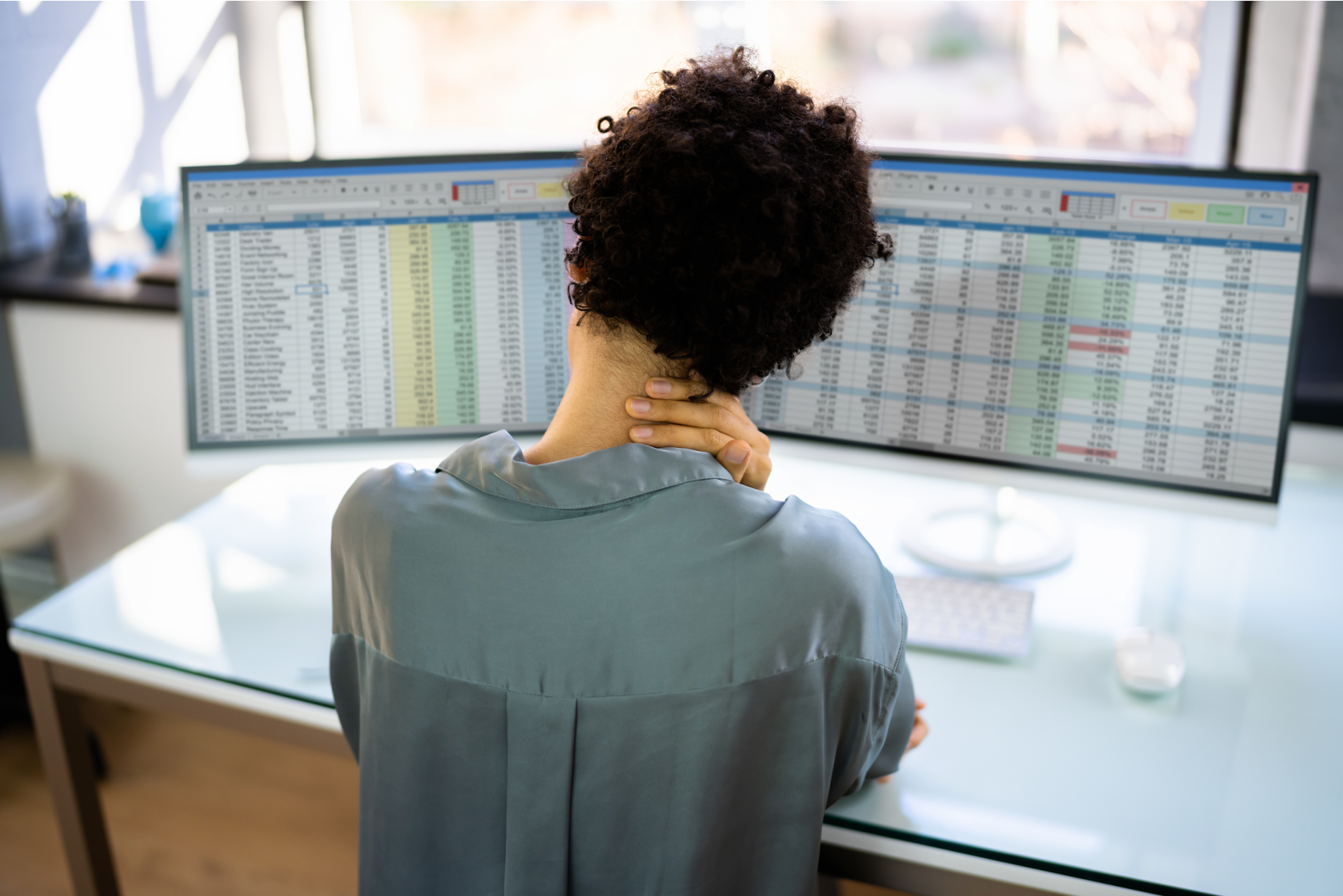Sitting Smarter
/Sitting Smarter and The Science of Ergonomic Seating
Did you know that sitting for more than 6 hours a day can increase your risk of heart disease by 90%? Yet, most of us spend over 10 hours a day seated whether at a desk, in the car or slouched on the sofa.
Sitting has become the default position for modern life, and yet we rarely stop to consider what all those seated hours are doing to our bodies - until we start feeling the pain.
That stiff, aching back? Your chair might be the real culprit. But the good news is that small changes can make a huge difference. And it starts with understanding the science of ergonomic seating.
How bad is bad seating?
We often think of sitting as a neutral position. It’s not. Every time you sit in a poorly designed chair, you’re putting your spine under stress. Here’s what happens:
Lack of lumbar support – Your lower back has a natural curve to distribute weight evenly. Without proper support, that curve flattens, leading to strain, stiffness, and eventual pain.
Slouching isn’t just a bad habit – If your chair doesn’t fit your body, your posture will suffer. Over time, misalignment can lead to chronic back and neck pain.
Restricted movement – Static sitting reduces blood flow, increases fatigue, and leads to the sensation of ‘dead legs’ or aching joints.
Driving makes it worse – your spine also endures pressure in a car because most car seats lack sufficient ergonomic support, putting drivers at risk of lower back pain.
What is the long-term impact of poor seating?
Ignoring spinal health isn’t just about dealing with discomfort, it also has long-term consequences. Lower back, neck and shoulder pain can compound over time, becoming harder to reverse. Pain is distracting and so leads to lower focus, less energy, and a decline in efficiency. Employees with chronic pain take more sick days. And if you’re self-employed? That’s lost income. Left unchecked, bad posture leads to conditions like herniated discs, nerve compression, and even permanent mobility issues. The harsh reality is that poor seating is silently damaging your spine.
The Science Behind Ergonomic Seating
Let’s talk about the research because this isn’t just another wellness trend. Studies show that the right chair can reduce pain, improve focus, and boost productivity. Here’s what the science says:
BMC Musculoskeletal Disorders Study
This study included garment factories, an office environment, and a university. Participants reported a reduction in musculoskeletal pain immediately following the chair interventions. Features of the interventions included adjustable chairs and training on their proper use. It was concluded that ergonomic chairs significantly reduce musculoskeletal pain in workers who sit for long hours. Read the full study by clicking here.
Haiken Insights Study
The focus here showed a direct link between poor office ergonomics and increased absenteeism. Employees using ergonomic chairs reported fewer health complaints and higher engagement levels, strongly indicating that the right chair isn’t just about comfort but also about increased productivity. Explore the research here.
Ergonomic Automotive Seating
Ergonomic office chairs get a lot of attention, but what about ergonomic car seating? Most car seats aren’t designed with long-term spinal health in mind. Without proper depth, lumbar support, and adjustability, drivers are left with poor posture that takes a toll over time - but can also increase fatigue and diminish concentration and response times. If you drive regularly, whether for work or long commutes, your seating position plays a huge role in spinal health. Read more about driving posture here.
Innovation in Ergonomic Seating
At AirCare Systems, we don’t build chairs - we work with furniture designers and chair manufacturers to engineer solutions formulated to protect the spine and improve your quality of life. Our seating technology is based on:
Adaptive Lumbar Support – to keep your spine aligned to prevent back strain and slouching.
Patented Air Cell Technology – to distribute air and eliminate pressure points, improving posture.
Customisable Ergonomic Features – designed to fit different body types and personal seating preferences.
Ground-breaking Innovations in Ergonomic Seating
The reality is, that we can’t escape sitting entirely. But we can change how we sit. Investing in ergonomic seating isn’t just about comfort, it is also about protecting your future self from unnecessary pain, lost productivity, and long-term health issues.
The question isn’t whether ergonomic seating matters - it’s how long we’re willing to tolerate discomfort before making a change. That’s why ergonomic seating is evolving. At events like Interzum in Cologne, industry leaders, including AirCare Systems, showcase ground-breaking innovations, such as our pneumatic seating components and Air Cell seating technology designed for ultimate spinal health.
How can I find out more about designing ergonomic seats?
Want to learn more about designing truly ergonomic seating? Let’s talk.
We’re just one call away from better-designed seating solutions.






